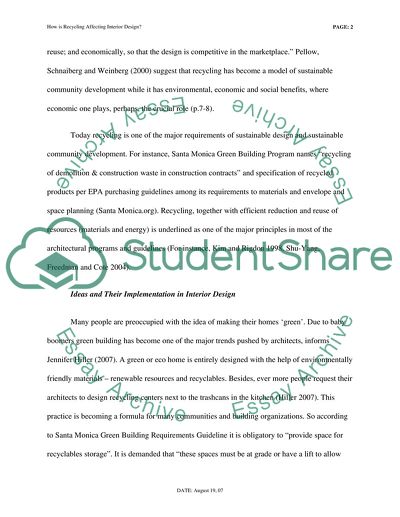Cite this document
(“How is recycling affecting interior design Essay”, n.d.)
Retrieved from https://studentshare.org/miscellaneous/1541754-how-is-recycling-affecting-interior-design
Retrieved from https://studentshare.org/miscellaneous/1541754-how-is-recycling-affecting-interior-design
(How Is Recycling Affecting Interior Design Essay)
https://studentshare.org/miscellaneous/1541754-how-is-recycling-affecting-interior-design.
https://studentshare.org/miscellaneous/1541754-how-is-recycling-affecting-interior-design.
“How Is Recycling Affecting Interior Design Essay”, n.d. https://studentshare.org/miscellaneous/1541754-how-is-recycling-affecting-interior-design.


